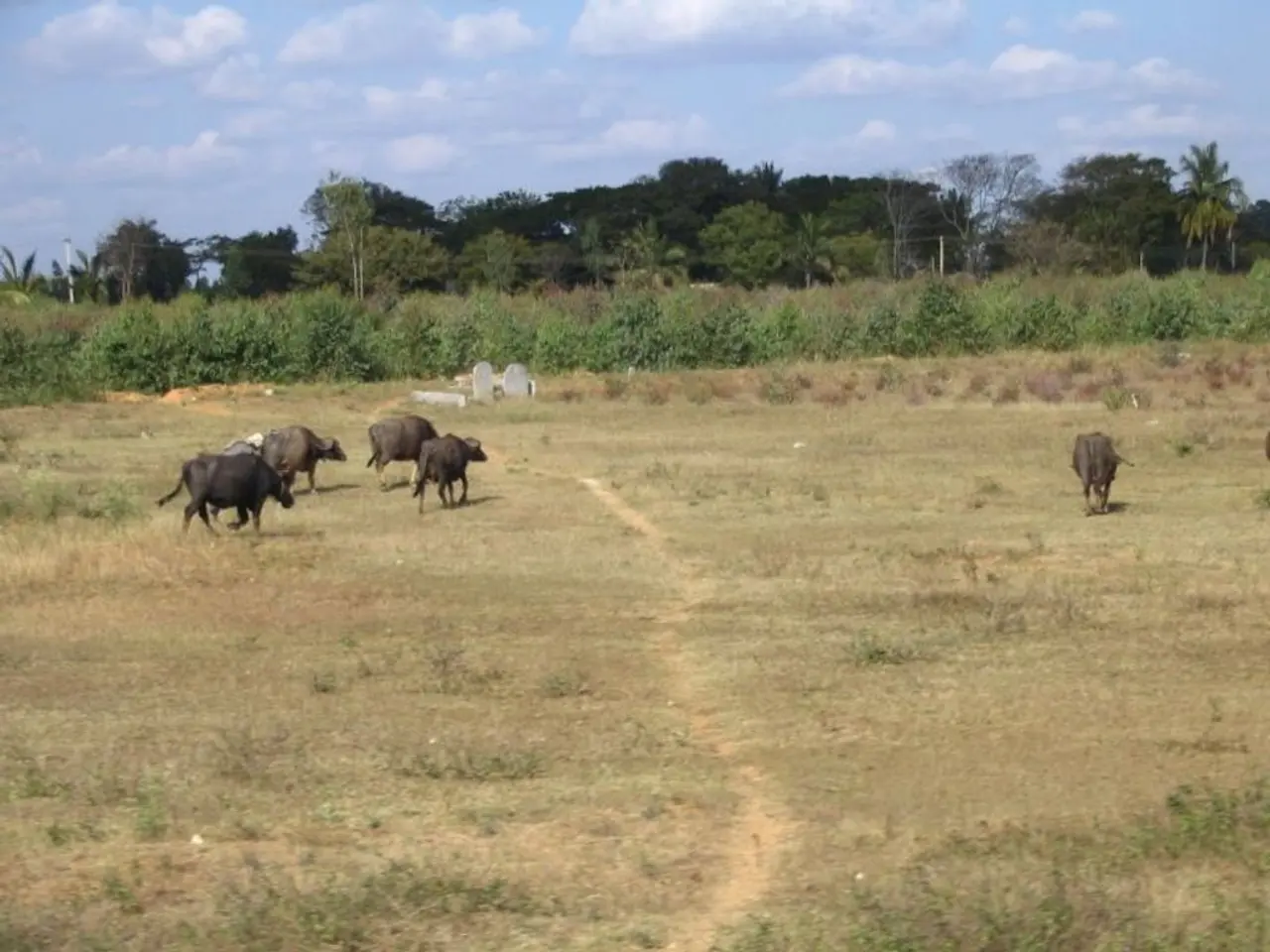Infestations of Ticks and the Linked Illnesses They Carry
Ohio is home to a variety of tick species, with three being of particular medical importance: the American Dog Tick, the Blacklegged Tick (also known as the Deer Tick), and the Lone Star Tick. These disease-carrying ticks are on the rise, increasing the risk of tick-borne diseases across the state.
The American Dog Tick, larger and more easily seen than other ticks, is the most commonly encountered in Ohio. Commonly found in grassy and wooded areas, this tick does not carry Lyme disease but can transmit Rocky Mountain Spotted Fever and tularemia.
On the other hand, the Blacklegged Tick, although small and hard to spot, is spreading rapidly. This tick is the primary vector of Lyme disease, a growing concern in Ohio, with a marked increase in cases, such as the 19 cases reported in Lorain County in 2024 alone. The Blacklegged Tick also transmits Babesiosis and Anaplasmosis, which are increasingly found in Ohio ticks.
The Lone Star Tick has recently emerged as a serious pest, particularly in southern Ohio. Unlike the other two, the Brown Dog Tick is the only tick that can complete its entire life cycle indoors, posing a unique threat to homes with dogs and kennels.
Ticks feed slowly on blood with hooked mouthparts, attaching firmly to hosts such as deer, rabbits, dogs, and humans. During Ohio's peak tick season, which runs from spring to autumn, outdoor activities coincide with warmer weather, increasing the risk of tick encounters.
Ticks can transmit several diseases, including Lyme Disease, Babesiosis, Anaplasmosis, Rocky Mountain Spotted Fever, and Tularemia. While less than 2% of ticks carry the causative bacterial agent, Rickettsia rickettsii, the risk of infection is a concern.
To protect against tick-borne diseases, it's essential to treat both pets and the environment. Pesticide application indoors should target areas frequented by the dog, particularly its sleeping and resting sites where ticks are likely to have dropped off. Treatment of the premises outside the home for brown dog ticks should include grassy and brushy areas around outbuildings and kennels, sites where the dog rests, and underneath doghouses where ticks may reside during off-host periods.
In the case of the Brown Dog Tick, it's advisable to seek veterinary advice for tick treatment for your pet. Brown Dog Ticks rarely feed on humans, but they can be a significant threat to dogs, particularly in the southwestern United States and along the U.S.-Mexico border where they are known to transmit Rocky Mountain Spotted Fever.
Reforestation, warmer weather, and the absence of keystone predators have contributed to the increase in tick populations and the expansion of their habitat across Ohio. As the risk of tick-borne diseases continues to rise, it's crucial to stay informed, take preventive measures, and seek professional help when necessary.
- The field of science, particularly pest management, is increasingly focused on reducing the impact of tick-borne diseases.
- Medical-conditions such as Lyme disease, Babesiosis, Anaplasmosis, Rocky Mountain Spotted Fever, and Tularemia are chronic diseases that can be transmitted by ticks.
- In the realm of health and wellness, taking steps to prevent tick bites is essential during Ohio's peak tick season, which spans from spring to autumn.
- Fitness and exercise enthusiasts should be aware that outdoor activities coincide with warmer weather and increased tick encounters.
- Climate change, along with reforestation and the absence of keystone predators, is contributing to the rise in tick populations across Ohio.
- Mental health can be affected by the fear and anxiety caused by the risk of tick-borne diseases, making it important to stay informed and take preventive measures.
- Skin care is vital, as living in an area with high tick populations may require regular checks for tick bites and prompt removal of ticks.
- Nutrition plays a role in maintaining a strong immune system, aiding the body's ability to fight off potential infections from tick bites.
- Environmental science research is crucial for understanding the factors that influence tick populations and the spread of tick-borne diseases.
- Space and astronomy may seem unrelated, but the knowledge gained from research can help develop more effective pest management strategies.
- Sports, such as football, soccer, basketball, baseball, hockey, golf, and racing, often involve outdoor activities and the risk of tick encounters, so it's essential to take precautions.
- In sports betting, understanding the impact of tick-borne diseases on athletes' performances could potentially influence betting decisions.
- The WNBA, NFL, MLB, NHL, and college sports (NCAABasketball, NCAAFootball) all have athletes who may be at risk of tick-borne diseases, making it important for teams to educate players about prevention.
- As serious pests, ticks can impact the welfare and health of animals and human athletes involved in sports.
- Sports analysis should consider the potential impact of tick-borne diseases on athlete performance and their overall health.
- Auto-racing, mixed martial arts, and Grand Prix events also carry the risk of tick bites, so participants and spectators should be aware and take necessary precautions.
- Horse-racing and NCAAFootball, while focused on different sports, also involve outdoor activities and the potential risk of tick encounters, so it's essential to take preventive measures to minimize exposure.
- Tennis, a primarily indoor sport, may have a lower risk of tick bites compared to outdoor sports, but it's still important to be aware of the risk and take precautions if playing in a public court or participating in outdoor tournaments.




